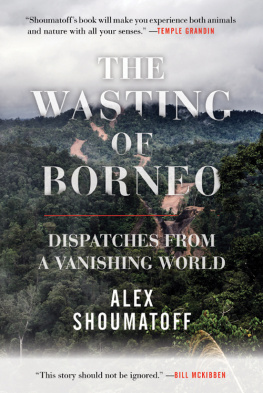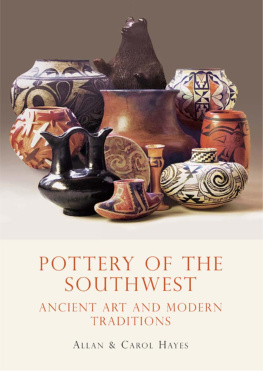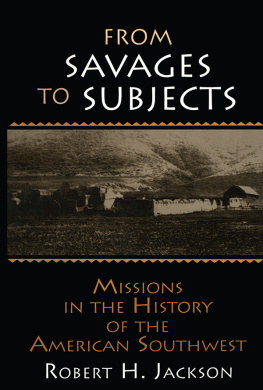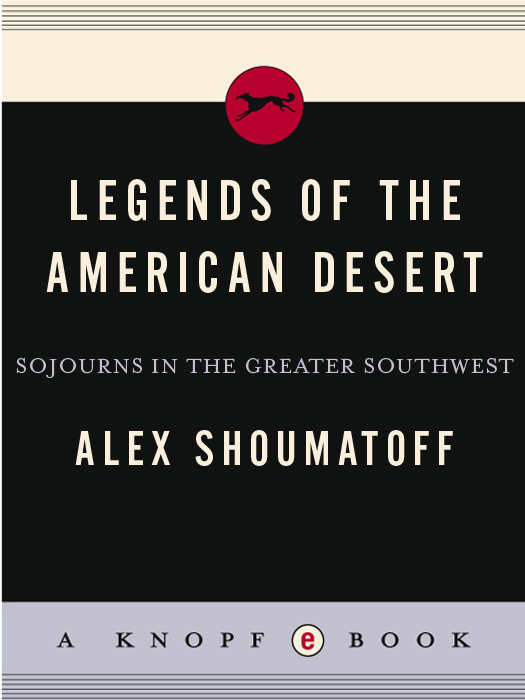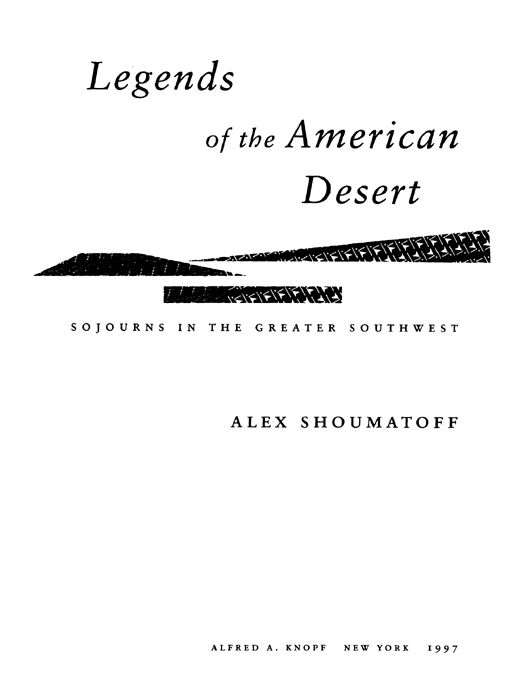ALSO BY ALEX SHOUMATOFF
The World Is Burning
African Madness
In Southern Light
The Mountain of Names
Russian Blood
The Capital of Hope
The River Amazon
Westchester: Portrait of a County
Florida Ramble
THIS IS A BORZOI BOOK
PUBLISHED BY ALFRED A. KNOPF, INC.
Copyright 1997 by Alex Shoumatoff
All rights reserved under International and Pan-American Copyright Conventions. Published in the United States by Alfred A. Knopf, Inc., New York, and simultaneously in Canada by Random House of Canada Limited, Toronto. Distributed by Random House, Inc., New York.
http://www.randomhouse.com/
Grateful acknowledgment is made to the following for permission to reprint previously published material:
Harcourt Brace & Company and Faber and Faber Limited: Excerpt from Little Gidding from Four Quartets by T. S. Eliot, copyright 1943 by T. S. Eliot, copyright renewed 1971 by Esme Valerie Eliot. Rights outside the United States from Collected Poems 19091962 administered by Faber and Faber Limited, London. Reprinted by permission of Harcourt Brace & Company and Faber and Faber.
Laurence Pollinger Limited: Excerpted material by D. H. Lawrence from D. H. Lawrence and New Mexico, edited by Keith Sagar (Salt Lake City, Utah: Peregrine Smith, 1982). Reprinted by permission of Laurence Pollinger Limited, London, and the Estate of Frieda Lawrence Ravagli.
The University of New Mexico Press: Excerpted material by Fray Marcos from Coronado: Knight of Pueblos and Plains by Herbert E. Bolton, copyright 1949 by The University of New Mexico Press.
Reprinted by permission of The University of New Mexico Press.
eISBN: 978-0-307-83181-1
LC 97-73820
Published September 15, 1997
v3.1
For the two new children born to our family since this work was undertaken: Oliver Shema and Zachary Shyakamay the Southwest still be there for you to delight in and ponder when you grow up and hit the road in search of your place in the world
Contents
Part One
The Absence of Water
A few days before the Fourth of July 1980, forty-three Salvadorans fleeing the crossfire of their countrys civil war toward a vague, mouthwatering picture of America received from television, glossy magazines, and their Mexican arranger arrived at a funky little outpost on the Arizona border called San Luis Ro Colorado. There they were informed of a last-minute change. Instead of being flown to Los Angeles, which had been part of the twelve-hundred-dollar package each of them had already paid for up front, they were going to have to walk in. But only nineteen miles, their arranger assured thema piece of cake. All they had to do was walk to Ajo, a dying copper town in the desert hills west of Tucson, where a truck would be waiting to take them the rest of the way.
Fifteen of the Salvadorans decided to stay in San Luis. The other twenty-eight, accompanied by four Mexican coyotes, as alien smugglers are called in border slang, were taken by truck to an even smaller outpost called El Papalote (the Kite), and from there, at about ten oclock on the night of Thursday, the third, they struck out for Ajo. Several of the men had gotten tanked up at a local barnot a smart thing to do on the eve of a desert trek, as alcohol accelerates dehydration. One of the women was seriously overweight. She would be the first to die. Another had high heels on. Several others wore sneakers with the toes cut out for ventilation. Only a few of the Salvadorans had thought to bring water.
July in southern Arizona, as any local will tell you, is blowtorch city, hellacious, hotter than a jalapeo. Ground temperatures at midday can hit 145 degrees Fahrenheit. That weekend they hovered at 115. By nine oclock the next morning, the Salvadorans were weaving and staggering. By eleven the expedition had ground to a halt. Two of the men and one of the coyotes took most of the remaining water and kept going, promising to return with help. The others sat and waited. As the day wore on, the strands of the social contract, of basic human decency, began to unravel. Two of the women threatened to kill a third if she didnt produce urine for them to drink. Three other women were raped by one of the coyotes as they lay prostrate in the heat. The coyote died from the exertion not long afterward.
That night, the beginning of the holiday weekend, the three men who had gone on were apprehended by La Migra, the border patrol, in an abandoned house in a little place called Why, ten miles south of Ajo (which is at a Y whose right-hand fork leads to Tucson). After lengthy grilling, they broke down and told about the others. The next morning one of La Migras planes flew low over the vast creosote-bush flats south of Ajo. From the passenger seat, Agent Gerry Scott spotted a trail of discarded clothesan ominous sign, because in the latter stages of dehydration the contact of cloth on the skin becomes unbearable. Farther south lay the suitcases several of the Salvadorans had packed with heavy winter clothes and books, in anticipation of their new life in El Norte, the North. These were the first things to have been abandoned.
Other agents, who had set out on horses, found the bodies. Three dead men were propped against a telephone pole. Ten others were scattered on the desert floor. It wasnt a pretty sight. Some had eaten toothpaste. Some had drunk cologne or aftershave lotion. Dirt, cactus, paloverde twigs, were stuffed in the mouths of others. Their skin was gray and completely inelastic. If you had pinched it, it would have stayed pinched, Agent Scott told me. Four of the women and eight of the men were still barely alive. The other four have never been accounted for.
Just before midnight, in the same eyeball-drying, nostril-searing desert on the Arizona-Mexico border that did in the Salvadorans, a sidewinder has crossed a sandy wash (or empty streambed, also known as an arroyo or a draw) in the peculiar manner these highly specialized rattlesnakes have perfected for moving over loose, shifting surfaces: planting the front of its body in the sand, flipping the rear forward and to the side, then planting the rear and flipping the frontand now, having left in its wake an angled trail of parallel Js, it lies coiled and motionless under a creosote bush.
Along comes a kangaroo rat, hopping back to its burrow, its cheeks bulging with seeds, stopping often to listen for danger with its ultrasensitive hearing, ready to avoid fangs or talons by leaping vertically into the air, or to flick sand into the eyes of an attacker with its long, tufted tail. But the pinkish-mauve sidewinder is perfectly camouflaged on the pinkish-mauve sand. It looks like an inanimate, innocuous bumplike an anthill, maybeand the rats attempt to dodge its sudden lunge is a split second late. As the sun rises, the snake has already swallowed the rat and is absorbing water from its tissue.
One of the easiest ways for a desert animal to obtain water is to eat a plant or another animal (the high water content of all living things being a legacy of their marine origins). Kangaroo rats not only drink surface waterlicking beads of dew from stones or leaves, for instancethey manufacture metabolic water from seeds and other dry plant material, painstakingly extracting hydrogen and oxygen from their carbohydrates and recombining them into H2O. And this isnt the only refinement of these remarkable desert specialists: their nostrils have ridges that trap the moisture they exhale; their kidneys secrete a concentrated paste instead of liquid urine. They even go so far as to eat their own fecal pellets to recapture whatever moisture they contain.


